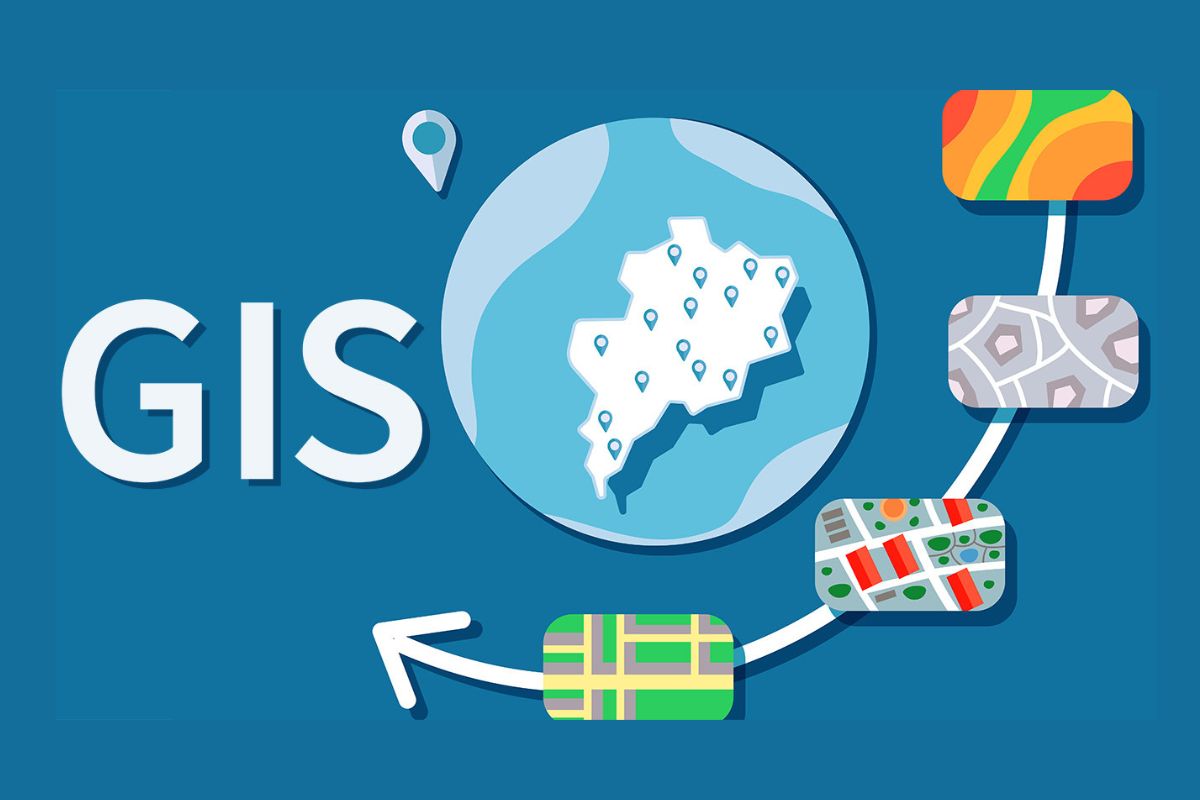
Critical GIS is a fascinating field that combines geographic information systems (GIS) with critical theory to analyze and challenge the power dynamics embedded in spatial data. But what exactly is Critical GIS? It's an approach that questions who controls geographic data, how it's used, and its impact on society. This field encourages us to think about the ethical implications of mapping and spatial analysis. From examining social inequalities to environmental justice, Critical GIS offers a lens to view the world through a more equitable and just perspective. Ready to dive into some intriguing facts? Let's get started!
What is Critical GIS?
Critical GIS is a field that examines the social implications and power dynamics of Geographic Information Systems (GIS). It challenges traditional GIS practices by focusing on issues like equity, ethics, and representation.
- Critical GIS questions who benefits from GIS technology and who might be marginalized by it.
- It emphasizes the importance of including diverse voices in GIS projects.
- This field often intersects with social justice, aiming to use GIS for positive societal change.
- Critical GIS scholars argue that maps are not neutral; they reflect the biases of their creators.
- It encourages participatory mapping, where communities contribute to the creation of maps that represent their experiences.
History of Critical GIS
Understanding the history of Critical GIS helps to appreciate its evolution and significance. This field has roots in both geography and social sciences.
- The term "Critical GIS" emerged in the 1990s as scholars began questioning the objectivity of GIS.
- Early critical GIS work was influenced by critical theory and feminist geography.
- The 1995 book "Ground Truth" by John Pickles is considered a foundational text in Critical GIS.
- Conferences and workshops in the late 1990s and early 2000s helped formalize the field.
- The rise of the internet and digital mapping tools expanded the scope and impact of Critical GIS.
Key Concepts in Critical GIS
Several key concepts define the field of Critical GIS. These ideas help frame the discussions and research within this area.
- Power and Knowledge: Critical GIS examines how power dynamics influence the creation and use of geographic knowledge.
- Representation: It looks at how different groups are represented or misrepresented in maps and spatial data.
- Ethics: Ethical considerations are central, questioning the moral implications of GIS practices.
- Equity: The field advocates for equitable access to GIS technology and data.
- Participatory Mapping: This approach involves communities in the mapping process to ensure their perspectives are included.
Applications of Critical GIS
Critical GIS is not just theoretical; it has practical applications that impact real-world issues. These applications demonstrate the field's relevance and utility.
- Urban Planning: Critical GIS can help ensure that urban development projects consider the needs of marginalized communities.
- Environmental Justice: It is used to highlight and address environmental inequalities.
- Public Health: Mapping health data can reveal disparities and inform better healthcare policies.
- Disaster Response: Participatory mapping can improve disaster preparedness and response by incorporating local knowledge.
- Education: Critical GIS is used in educational settings to teach students about the social implications of mapping.
Challenges in Critical GIS
Like any field, Critical GIS faces its own set of challenges. These obstacles can hinder progress but also offer opportunities for growth and improvement.
- Data Privacy: Ensuring the privacy of individuals and communities when collecting and sharing spatial data.
- Access to Technology: Not all communities have equal access to GIS technology and training.
- Bias in Data: Overcoming biases in data collection and interpretation.
- Funding: Securing funding for projects that prioritize social justice over profit.
- Interdisciplinary Collaboration: Bridging the gap between GIS specialists and social scientists.
Future of Critical GIS
The future of Critical GIS looks promising as technology advances and societal awareness grows. Emerging trends and innovations will shape the field in new ways.
- AI and Machine Learning: These technologies can enhance GIS but also raise new ethical questions.
- Open Data: The movement towards open data can democratize access to GIS resources.
- Crowdsourcing: Increased use of crowdsourcing for data collection can make maps more inclusive.
- Virtual Reality: VR offers new ways to visualize and interact with spatial data.
- Global Collaboration: International partnerships can help address global issues through a Critical GIS lens.
The Final Word on Critical GIS
Critical GIS is more than just maps and data. It’s about understanding the social implications of geographic information. This field challenges us to think about who creates the data, who uses it, and how it impacts communities. By questioning traditional methods, critical GIS promotes equity and justice in spatial analysis.
Whether you’re a student, researcher, or just curious, diving into critical GIS can open your eyes to the power dynamics in mapping. It encourages us to be more thoughtful about the technology we use and the decisions we make based on geographic data.
So next time you look at a map, remember there’s more beneath the surface. Critical GIS invites us to dig deeper, ask questions, and strive for a more inclusive and ethical approach to geography.
Was this page helpful?
Our commitment to delivering trustworthy and engaging content is at the heart of what we do. Each fact on our site is contributed by real users like you, bringing a wealth of diverse insights and information. To ensure the highest standards of accuracy and reliability, our dedicated editors meticulously review each submission. This process guarantees that the facts we share are not only fascinating but also credible. Trust in our commitment to quality and authenticity as you explore and learn with us.
